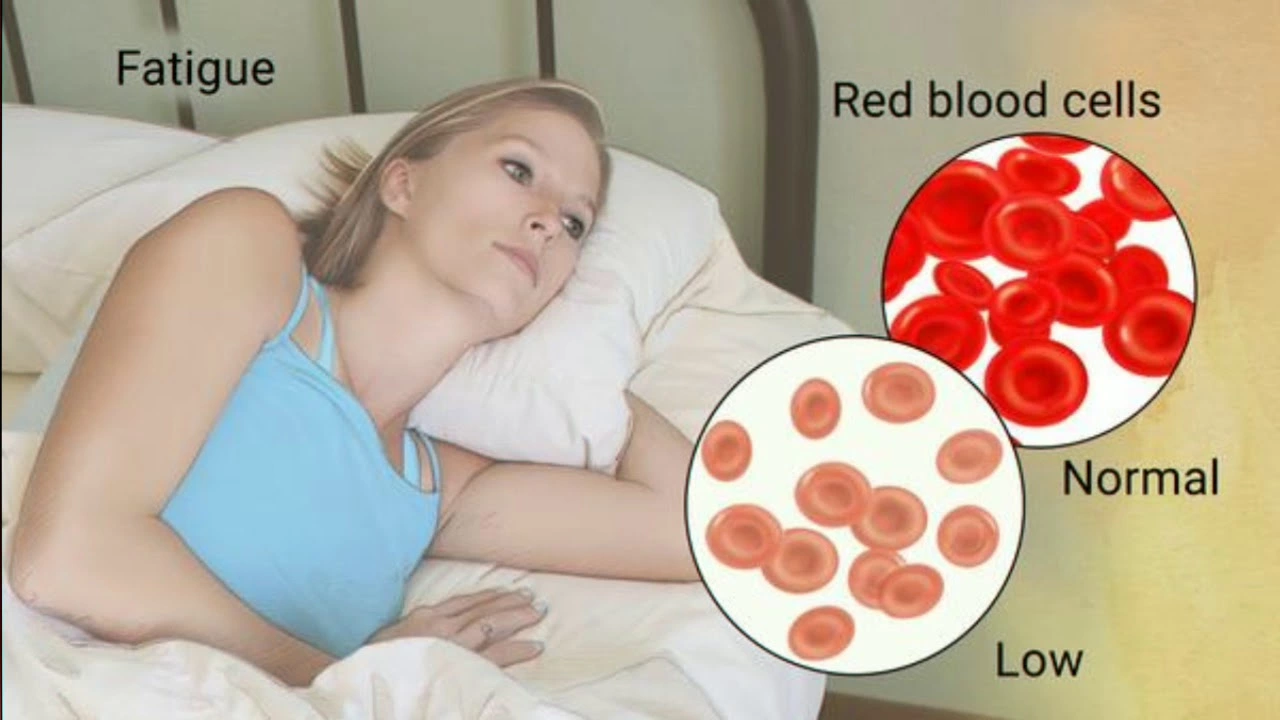HIV/AIDS: Testing, Prevention, and Safe Access to Treatment
About 38 million people live with HIV worldwide — a number that shows why clear, useful info matters. If you’re worried about exposure, managing HIV, or helping someone who is, you want straightforward steps you can actually use. Here’s a practical guide that tells you what to do now, how to prevent transmission, and how to find treatment safely, including tips for using online services without taking risks.
Prevention & Testing
Want to lower your risk? Use condoms consistently, avoid sharing needles, and consider PrEP if you have ongoing risk. PrEP (daily medication) can cut the chance of getting HIV by more than 90% when taken as prescribed. If you’ve had a recent possible exposure, ask about PEP — it must start within 72 hours and runs for 28 days.
Testing is the first step. There are fast antibody tests, antigen/antibody combo tests, and NAAT (PCR) tests. Rapid tests can give results the same day, while NAAT is the most sensitive early on. Remember the window period: some tests won’t detect infection right away. If you think you were exposed, get tested immediately and repeat testing at 4–6 weeks and at 3 months per your clinic’s advice.
You can get tested at clinics, community centers, sexual health services, or with approved home test kits. If privacy is a concern, many places offer anonymous or confidential testing and counseling.
Treatment, Access, and Online Safety
If a test is positive, antiretroviral therapy (ART) is the treatment that keeps the virus under control. Start as soon as possible—modern ART can reduce viral load to undetectable levels, and when someone is undetectable they won’t sexually transmit HIV (U=U). Staying on treatment means taking your meds regularly and keeping follow-up appointments.
Looking for meds or care online? Use only licensed pharmacies and verified telemedicine services. Good signs: a physical pharmacy address, pharmacist contact info, a requirement for a valid prescription, and secure payment pages. Avoid sites that sell prescription drugs without asking for a prescription or that offer unbelievably low prices with no credentials. If a telemedicine service is used, make sure a real clinician reviews your case before a prescription is issued.
Insurance, patient-assistance programs, and community clinics often help cover costs. If you’re uninsured, search for local HIV service organizations that can connect you with low-cost or free treatment and support. Mental health and peer support matter too—managing HIV is both medical and emotional work.
If you’re unsure where to start, call a local health department or a trusted clinic and ask for testing and treatment options. Quick action after exposure, honest conversations with providers, and safe choices online will keep you and your partners safer.
Need a next step? Book a test, ask about PrEP if you’re at risk, and only use verified pharmacies or telehealth services for prescriptions. Don’t wait to get the right care.

